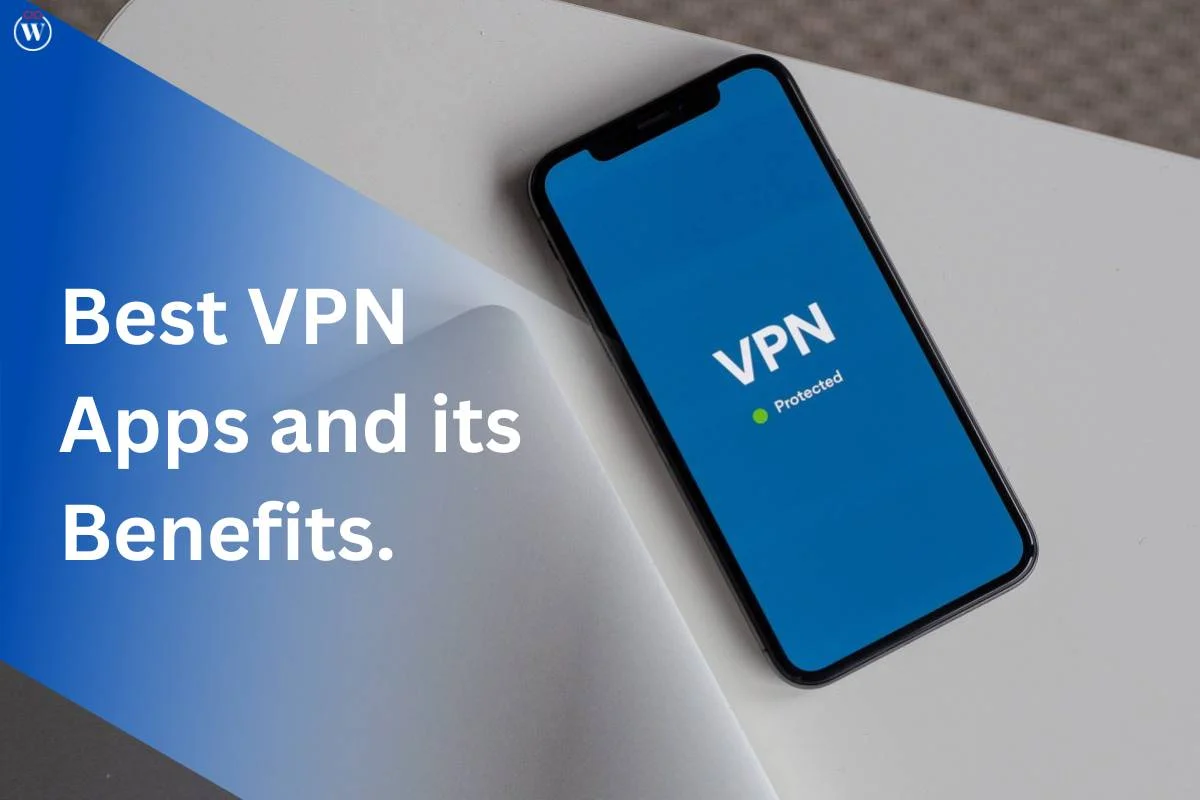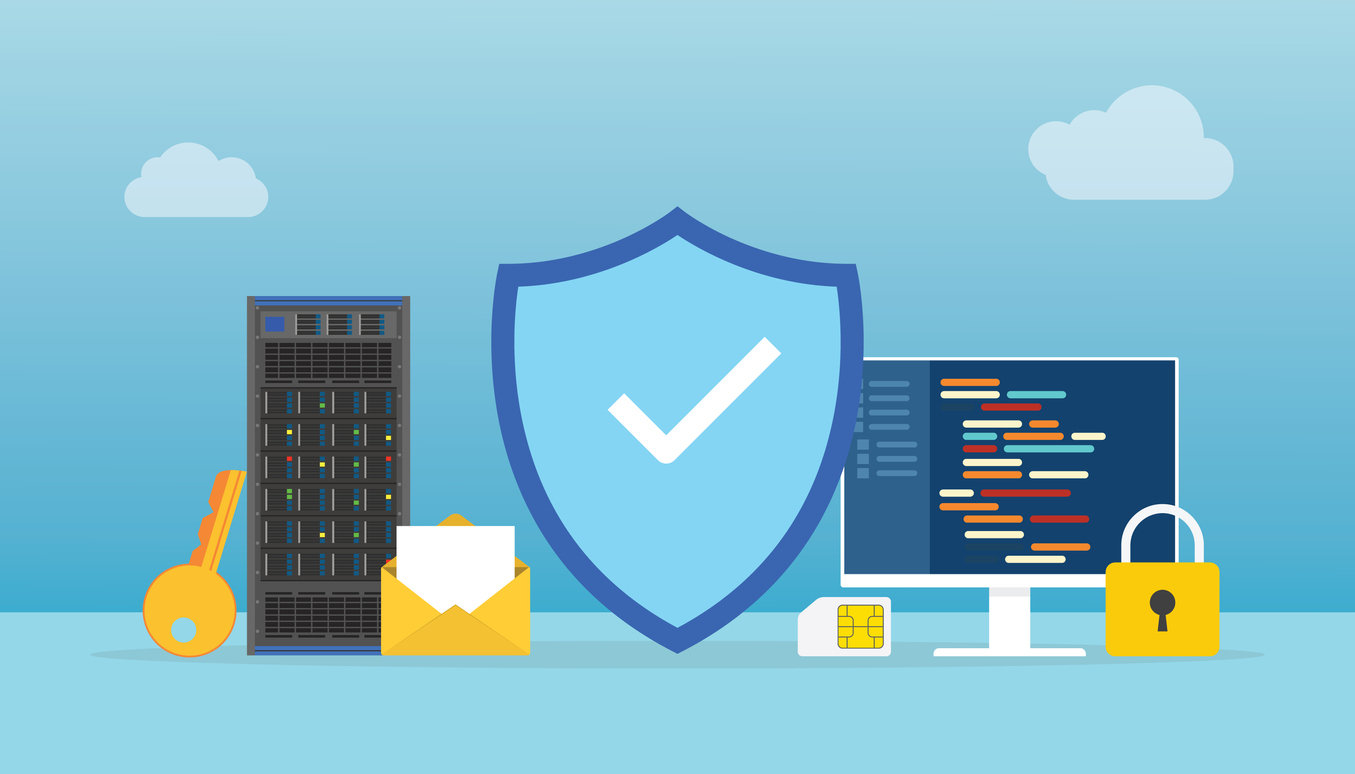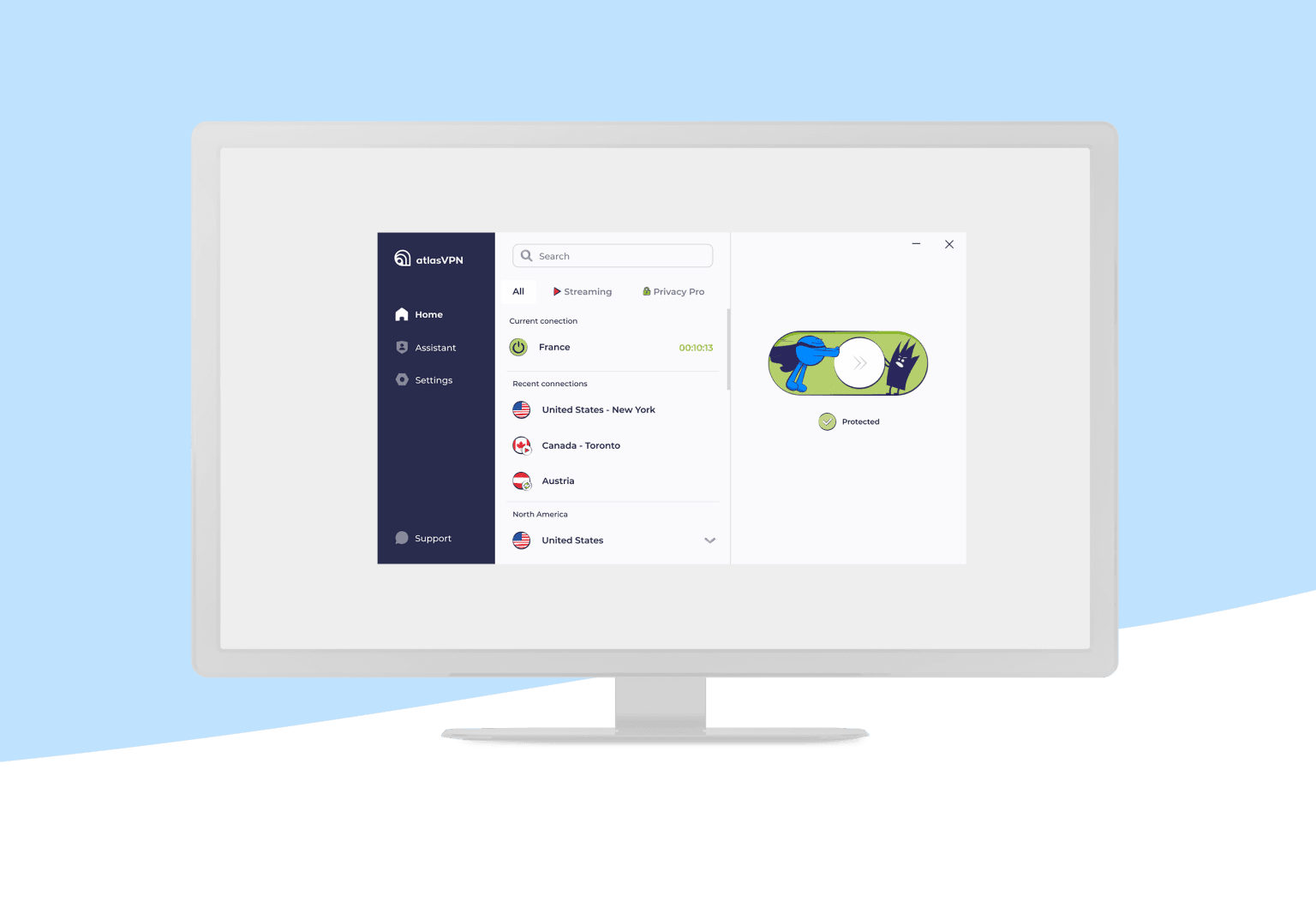From Concept to Conversion: The Future of Ready-Made Ad Campaigns in Digital Marketing

Digital marketing has become an essential tool for businesses across industries, providing innovative ways to engage with customers, drive sales, and build brand awareness. As digital landscapes evolve, businesses are continuously seeking more efficient, cost-effective strategies. One such strategy gaining momentum is the use of ready-made ad campaigns. These pre-designed campaigns are revolutionizing the way businesses market themselves online, making digital marketing accessible to companies of all sizes. In this article, we’ll explore the concept of ready-made ad campaigns, their benefits, limitations, and the future trends shaping this digital marketing tool.
1. The Evolution of Digital Marketing: A Brief Overview
The digital marketing world has undergone a massive transformation in the past few decades. Traditional forms of advertising, such as print, radio, and TV, have been largely replaced by digital channels. The shift to digital marketing was driven by the need for more personalized, interactive, and measurable campaigns.
With this transformation, ready-made ad campaigns emerged as a solution for businesses looking to streamline their advertising processes. By offering pre-designed ad templates that can be quickly customized and launched, these campaigns provide businesses with an efficient alternative to fully customized campaigns that require more time and resources. As a result, ready-made ad campaigns have become an attractive option for small to medium-sized businesses (SMBs) looking to tap into digital advertising without breaking the bank.
2. What Are Ready-Made Ad Campaigns?
Ready-made ad campaigns are pre-packaged digital advertising solutions that include ad templates, graphics, messaging, and audience targeting parameters. These campaigns are designed to help businesses quickly create and launch ads on platforms like Google, Facebook, and Instagram. Unlike custom-built campaigns, which require a more personalized approach, ready-made campaigns are designed for businesses that need to move fast and don’t have the resources to build a campaign from scratch.
Components of Ready-Made Campaigns:
- Templates: Pre-designed ad formats that businesses can choose from based on their goals and platforms.
- Graphics: Visual elements such as images, videos, and infographics that are included in the ad design.
- Messaging: Tailored text that conveys the campaign’s objective, whether it's promoting a product, service, or brand.
- Targeting Parameters: Audience segmentation, demographic filters, and budget guidelines are often included to ensure the campaign reaches the right people.
Ready-made campaigns offer businesses a simple, fast, and cost-effective way to advertise, but they do come with some limitations, such as less flexibility in terms of customization.
3. The Role of Technology in Shaping Ready-Made Ad Campaigns
Technology plays a crucial role in the success of ready-made ad campaigns. The integration of AI, machine learning, and automation has streamlined campaign creation, making it easier for businesses to produce optimized ads with minimal effort.
-
AI and Automation: Ready-made ad campaigns leverage AI algorithms to create ads based on specific data points, like user behavior, demographics, and past engagement. These campaigns can automatically adjust in real time based on performance data, ensuring optimal results.
-
Platform Integration: Ready-made campaigns are easily integrated with popular advertising platforms like Google Ads, Facebook Ads, and Instagram. These platforms use automation and AI to optimize campaigns and deliver the most relevant ads to the target audience.
For businesses in sectors like healthcare (such as those seen on https://nv-med1a.com/), this technology helps create personalized campaigns that cater to different patient demographics and needs, boosting engagement and conversions.
4. Benefits of Ready-Made Ad Campaigns in Digital Marketing
Ready-made ad campaigns provide several key benefits that make them a valuable tool for businesses looking to scale their marketing efforts.
1. Cost Savings
Ready-made campaigns are significantly more affordable than custom-built campaigns. By using pre-designed templates and automated targeting, businesses save on design and labor costs, making these campaigns particularly attractive to SMBs with limited budgets.
2. Time Efficiency
One of the major advantages of ready-made campaigns is the speed at which they can be launched. Pre-designed elements like templates, images, and copy reduce the time needed for development. With a few tweaks, businesses can deploy campaigns within hours rather than weeks.
3. Scalability
Ready-made ad campaigns are easily scalable. Businesses can use the same templates across multiple platforms and adjust targeting settings to reach different audiences. This makes it easy to test various markets and expand reach without the need for substantial changes in the campaign structure.
4. Real-Time Performance Monitoring
Thanks to automation and analytics integration, businesses can track the performance of ready-made campaigns in real time. This allows for immediate adjustments, ensuring the campaign stays on track and delivers the best possible results.
5. Challenges and Limitations of Ready-Made Ad Campaigns
While ready-made ad campaigns offer numerous benefits, they also come with certain drawbacks that businesses should consider before fully committing to this approach.
1. Loss of Brand Uniqueness
Ready-made ad campaigns are often based on generic templates, which may not fully reflect a company’s unique branding or messaging. This lack of personalization can lead to a diluted brand identity, particularly for businesses aiming to stand out in competitive markets.
2. Ad Fatigue and Oversaturation
Because many businesses use the same templates, there's a risk of oversaturation, where the same ads appear repeatedly to users, leading to ad fatigue. This can result in lower engagement rates as audiences become desensitized to the content.
3. Limited Flexibility
Ready-made campaigns are designed to be broadly applicable, which can limit their effectiveness for businesses with more complex or niche needs. Customization options are often restricted, meaning businesses may have to compromise on certain aspects of the campaign.
4. Targeting Limitations
While targeting parameters can be set, the broad nature of ready-made campaigns might not always deliver the best results for specific, niche audiences. More granular targeting may be necessary to reach the right customers effectively.
6. The Future of Ready-Made Ad Campaigns: What Lies Ahead?
The future of ready-made ad campaigns is bright, with innovations in technology set to make these campaigns even more effective and tailored to businesses' needs.
1. Immersive Advertising with VR/AR
The advent of virtual reality (VR) and augmented reality (AR) will revolutionize ready-made ad campaigns. These technologies will allow businesses to create immersive ad experiences, enhancing user engagement and boosting conversions.
2. AI-Powered Personalization
AI will continue to play a pivotal role in personalizing ready-made ad campaigns. As AI algorithms become more sophisticated, campaigns will become more tailored to individual consumer behaviors, interests, and preferences, delivering more relevant content.
3. 5G and Mobile Advertising
The roll-out of 5G technology will allow for faster, more interactive mobile ads. Ready-made campaigns will likely take advantage of 5G’s speed and low latency, enabling richer media experiences that were previously not possible on mobile devices.
4. Data Privacy and Ethical Advertising
As data privacy concerns continue to rise, businesses will need to be more transparent about how they collect and use consumer data. Ready-made campaigns will evolve to be more compliant with data privacy regulations, ensuring consumer trust while still delivering targeted ads.
7. How Businesses Can Leverage Ready-Made Ad Campaigns for Maximum Impact
To make the most of ready-made ad campaigns, businesses should follow these steps:
1. Identify Your Target Audience
Before launching a campaign, businesses must have a clear understanding of their target audience. This will allow them to choose the right templates, messaging, and platforms for maximum impact.
2. Choose the Right Platform
Different platforms work better for different business types. For instance, healthcare businesses (such as those in https://nv-med1a.com/) might find Facebook and Instagram effective for engaging with younger audiences, while Google Ads may be better for reaching individuals actively searching for medical services.
3. Customize Your Content
Even though ready-made campaigns offer pre-designed templates, it’s important to customize the content to align with your brand’s voice. This ensures that your ads resonate with your audience while maintaining consistency across all platforms.
4. Measure Performance and Optimize
After the campaign is live, businesses should track performance metrics such as click-through rates (CTR), conversion rates, and return on ad spend (ROAS). With real-time data, businesses can adjust the campaign settings, targeting, and budget to improve results.
8. Conclusion
Ready-made ad campaigns have become an indispensable tool in the digital marketing arsenal. Their affordability, efficiency, and scalability make them ideal for businesses looking to boost their online presence without the need for extensive resources. While they do come with some limitations, the future of these campaigns is promising, with advancements in AI, VR/AR, and mobile technology set to make them even more effective. By embracing ready-made ad campaigns and optimizing their use, businesses can enhance their digital marketing efforts, drive conversions, and stay competitive in an ever-evolving landscape.
What's Your Reaction?





















